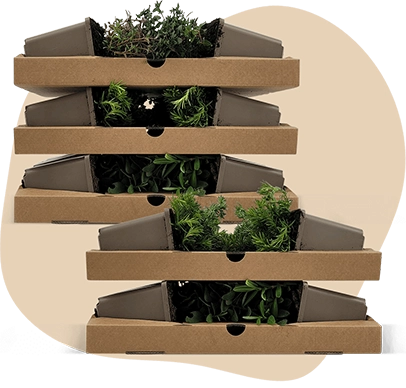Description
Skimmia confusa 'Kew Green' | Skimmia
The Skimmia confusa 'Kew Green', commonly known as Skimmia, is a popular shrub in gardens. This plant has a bushy spreading growth habit, making it an attractive choice for various garden settings. Skimmia can reach a height of up to 150 cm and spreads to a similar width. The leaves are green, with a smooth texture and a strong fragrance, especially noticeable in spring. As an evergreen plant, Skimmia retains its foliage throughout the year, providing consistent greenery. It is a low-maintenance plant, ideal for those seeking an easy-care option. Although it does not produce fruits or berries, its fragrant leaves and compact form make it a valuable addition to any garden.
Key Plant Characteristics of Skimmia confusa 'Kew Green'
- Skimmia confusa 'Kew Green' blooms in March and April with white flowers that are highly fragrant and attract bees and other pollinators.
- This plant thrives in sunny to partially shaded locations for optimal growth.
- It prefers humus-rich, well-drained soil, ensuring the ground is airy enough for healthy development.
- The shrub features a bushy spreading growth habit with green leaves that remain throughout the year.
- Skimmia confusa 'Kew Green' is a compact and elegant shrub, ideal for various garden settings.
garden plants like Skimmia confusa 'Kew Green' are perfect for adding fragrance and attracting pollinators to the garden.
Application of Skimmia confusa 'Kew Green' in the Garden
- Skimmia confusa 'Kew Green' is perfect for use in borders, pots, and as a solitary plant. Its compact and bushy growth makes it ideal for group planting or as edging in a garden.
- This plant is winter hardy, tolerating temperatures as low as -15°C, making it suitable for gardens in USDA zone 7b.
- It combines well with other shrubs and perennials, especially those that thrive in humus-rich, well-drained soil.
- The main ornamental value of Skimmia confusa 'Kew Green' lies in its fragrant white flowers in spring and its ability to attract bees and other pollinators.





















